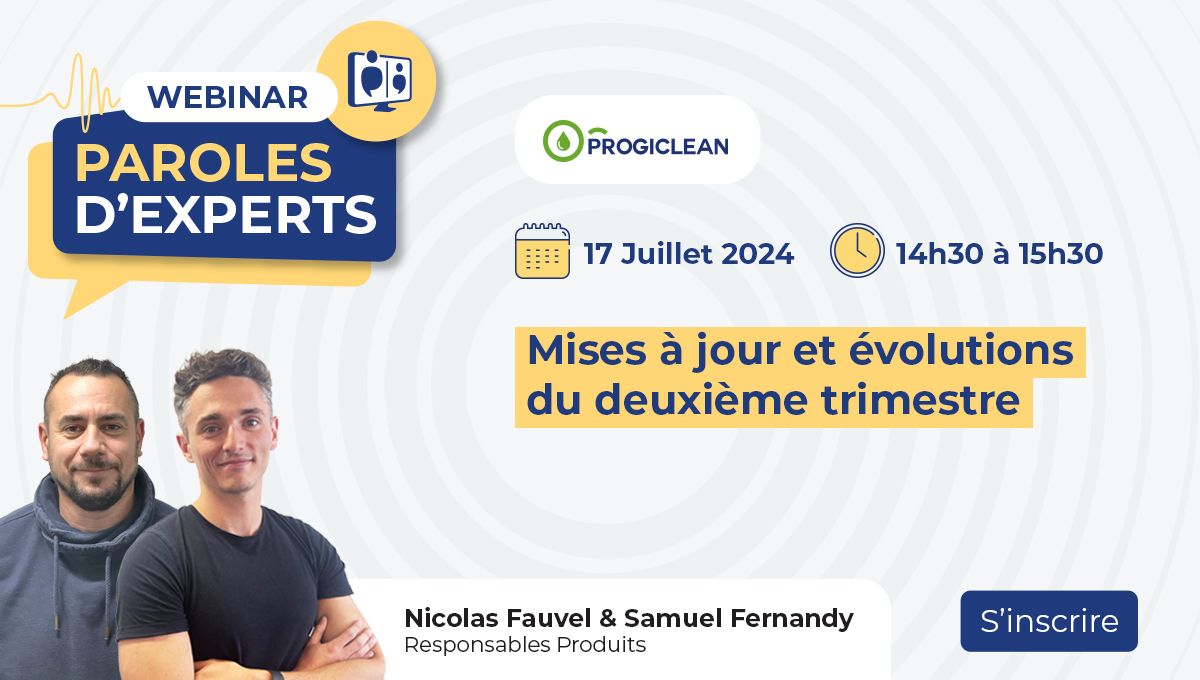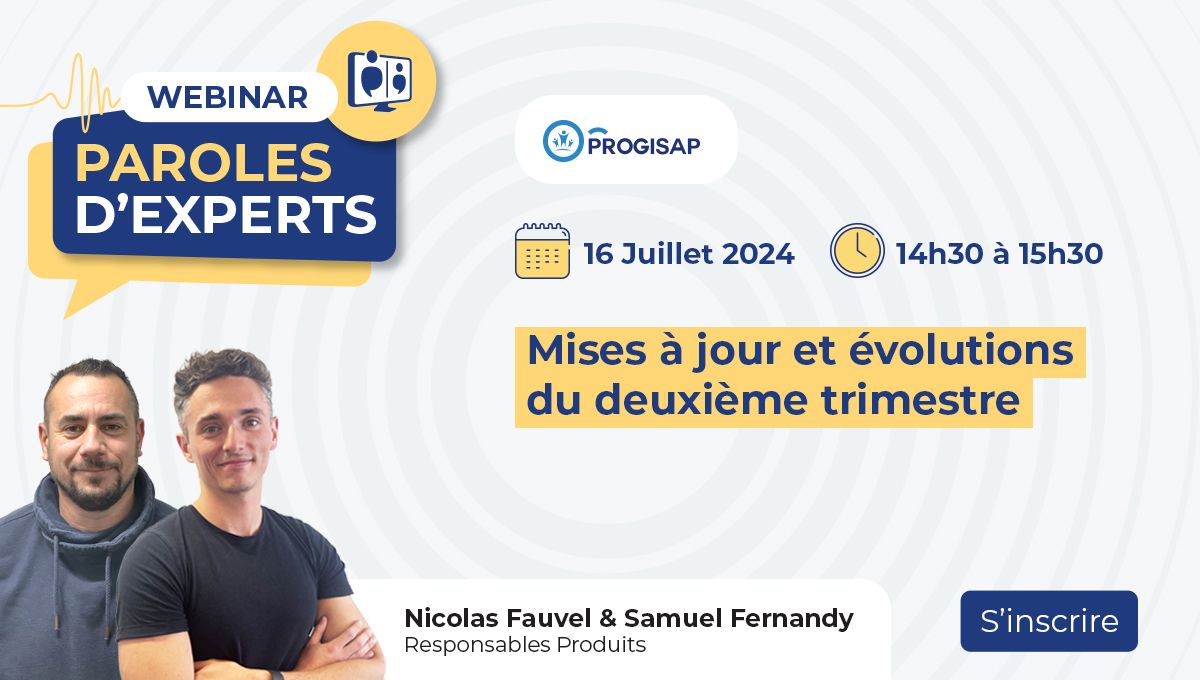Le secteur des services évolue, avec des entreprises qui doivent s’adapter à des exigences croissantes en matière d’efficacité. Également de productivité et de satisfaction client. Dans ce contexte, la mise en place d’un système de gestion intégré (ERP) adapté est devenue un facteur clé de succès. Cet article explorera les critères essentiels à prendre en compte pour choisir un ERP qui accompagnera la croissance des entreprises de services, en illustrant avec des exemples concrets et des témoignages de clients satisfaits.
Évolutivité : Un ERP capable de grandir avec votre entreprise
Les entreprises de services sont par nature dynamiques et en constante évolution. Il est donc crucial de choisir un ERP capable de s’adapter à la croissance de l’entreprise, en termes de nombre d’utilisateurs, de volume de données et de fonctionnalités.
Questions à se poser :
- L’ERP peut-il intégrer de nouveaux modules ou fonctionnalités facilement ?
- Le fournisseur offre-t-il un support technique et des mises à jour régulières ?
Notre réponse :
SENEF met à jour ses solutions chaque trimestre pour garantir une innovation continue. Nous adaptons nos produits aux exigences spécifiques de chaque pays, tels que la Belgique, l’Italie et la Suisse. De plus, SENEF est attentif aux retours de ses clients et aux besoins du terrain.
Exemples de solutions personnalisées par secteur :
- Service à la personne : Nous avons développé des modules spécifiques comme le SSIAD et le mandataire pour répondre aux exigences uniques de ce secteur.
- Entreprises de propreté : Nous avons créé des applications mobiles pour la gestion des clés et une application dédiée aux inspecteurs, facilitant ainsi leur travail quotidien et améliorant l’efficacité opérationnelle.
Ces innovations montrent notre engagement à offrir des solutions ERP qui évoluent avec vos besoins et les exigences du marché.
Flexibilité : Un ERP personnalisable pour répondre à vos besoins spécifiques
Chaque entreprise de service a ses propres processus et besoins spécifiques. Il est donc important de choisir un ERP flexible et personnalisable pour s’adapter aux workflows existants et aux évolutions futures.
Questions à se poser :
- L’ERP offre-t-il des options de configuration et de personnalisation ?
- Le système peut-il s’intégrer avec d’autres outils et applications utilisés par l’entreprise ?
- L’éditeur propose-t-il des services d’accompagnement et de conseil pour personnaliser l’ERP ?
Notre réponse :
Chez SENEF, nous avons mis en place un service dédié, le Service Delivery, pour vous accompagner dans la mise en place de nos solutions au sein de votre entreprise. Notre équipe vous suit ainsi de manière hebdomadaire durant toute la phase d’implémentation, restant à votre disposition pour répondre à toutes vos questions et demandes.
Une fois l’ERP installé, notre Customer Success Manager (CSM) prend le relais. Disponible de 9h à 18h, du lundi au vendredi, il est là pour répondre à vos questions et gérer vos demandes d’évolution. Ce suivi constant assure que vos besoins sont toujours pris en compte et que vous bénéficiez d’un support continu.
Nous avons également établi des partenariats stratégiques pour optimiser vos processus et améliorer votre rentabilité. Par exemple, nous collaborons avec Silae depuis plus de 10 ans pour simplifier la gestion RH, et avec d’autres partenaires de confiance tels que Yousign, Simplébo, Rosaly, et Taqt. Ces collaborations permettent à votre entreprise de rester compétitive et de bénéficier des meilleures solutions disponibles sur le marché.
Simplicité d’utilisation : Un ERP intuitif pour une adoption rapide
Un ERP complexe et difficile à utiliser peut rapidement devenir un frein à la productivité et à l’adoption par les équipes. Il est essentiel de choisir un système intuitif et facile à prendre en main pour tous les utilisateurs.
Questions à se poser :
- L’interface utilisateur est-elle ergonomique et intuitive ?
- Le système propose-t-il des formations et des ressources pour faciliter l’apprentissage ?
- L’éditeur offre-t-il un support technique réactif pour aider les utilisateurs en cas de besoin ?
Notre réponse :
La digitalisation peut ainsi sembler intimidante, mais chez SENEF, nous nous efforçons de rendre nos solutions non seulement fonctionnelles mais aussi conviviales. Une interface utilisateur ergonomique et intuitive est essentielle pour assurer une adoption rapide et efficace.
Pour une digitalisation réussie à tous les niveaux opérationnels, il est crucial que les solutions soient bien adaptées aux utilisateurs. C’est pourquoi nous proposons des formations complètes et des ressources pédagogiques pour faciliter l’apprentissage de nos outils.
Notre Customer Success Manager (CSM) et nos experts sont disponibles pour vous accompagner tout au long de l’année, garantissant un support technique réactif. Nos experts, qui comprennent bien vos problématiques terrain, sont là pour vous aider à tirer le meilleur parti de nos solutions et à évoluer avec les changements constants du monde actuel.
Ainsi, chez SENEF, nous mettons un point d’honneur à offrir une expérience utilisateur optimale. Nous offrons ainsi un accompagnement continu et des solutions adaptées à vos besoins.
Témoignages de clients
Nos meilleurs embassadeurs sont nos clients. Si vous souhaitez ainsi regardez leurs témoignages c’est ici que ça se passe.
SENEF : Votre partenaire pour un ERP performant et évolutif
SENEF, éditeur de logiciels métiers, accompagne les entreprises de services dans leur transformation digitale. Nous proposons des solutions ERP performantes et évolutives. Nos experts vous aident à choisir le système adapté à vos besoins spécifiques et à mettre en place une solution sur-mesure qui accompagnera votre croissance. Contactez SENEF dès aujourd’hui pour découvrir comment nous pouvons vous aider à optimiser vos processus et à améliorer votre performance.
Choisir un ERP métier adapté à la croissance d’une entreprise de service est une décision importante. Cette décision doit être prise avec soin. En prenant en compte les critères essentiels d’évolutivité, de flexibilité et de simplicité d’utilisation, les entreprises peuvent choisir un système qui les accompagnera dans leur réussite future. SENEF est un partenaire de confiance pour les entreprises de services qui souhaitent se doter d’un ERP performant et évolutif. Nos experts sont à votre disposition pour vous guider dans votre choix. Egalement vous accompagner dans la mise en place d’une solution sur-mesure. Prenez le temps d’évaluer vos besoins spécifiques et faites le choix qui soutiendra votre croissance à long terme.
Si vous souhaitez une demo de nos solutions Progisap pour le service à la personne, Progiclean pour les entreprises de propreté et Seenet Sécurité pour les entreprises se sécurité et de gardiennage, c’est ici que ça se passe.











